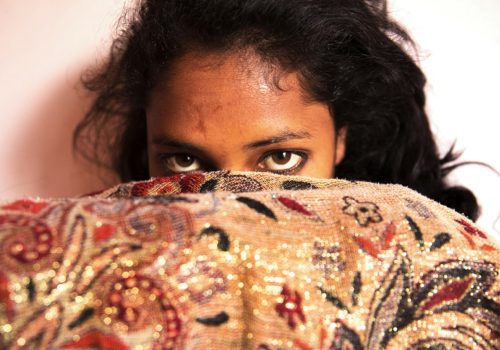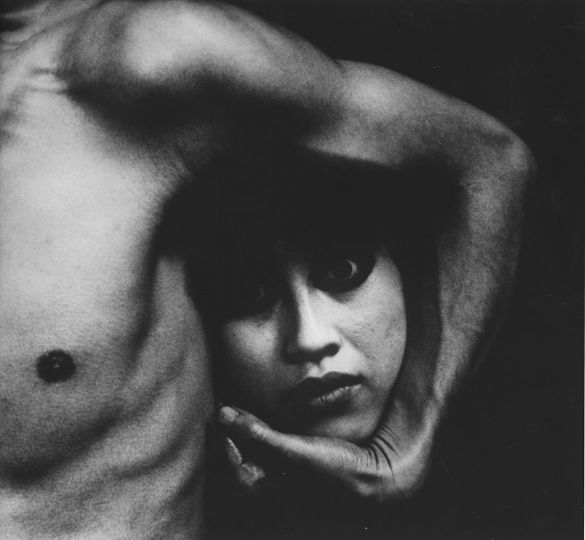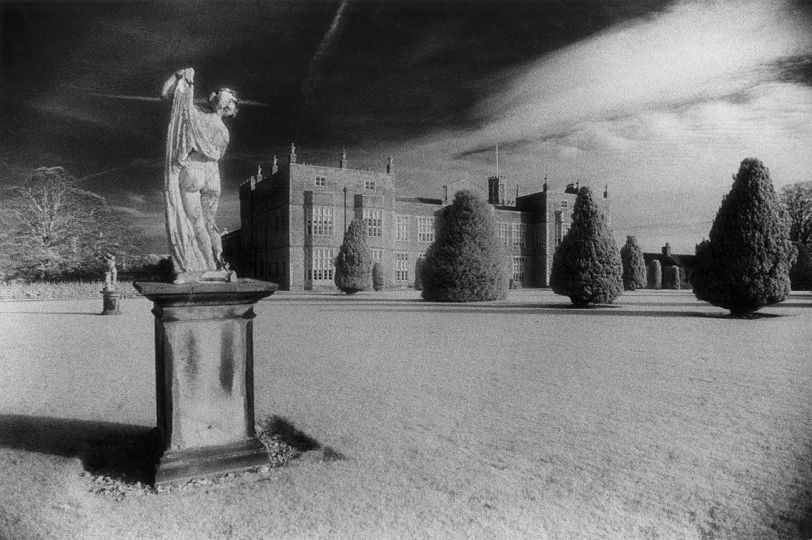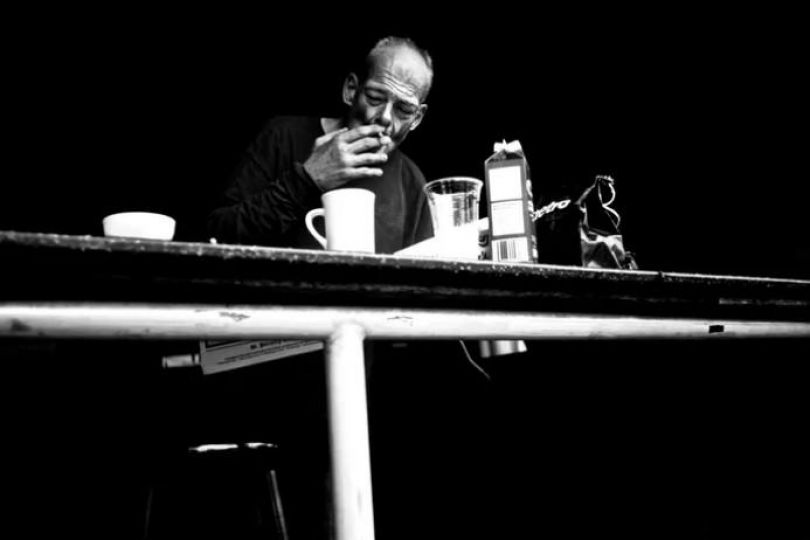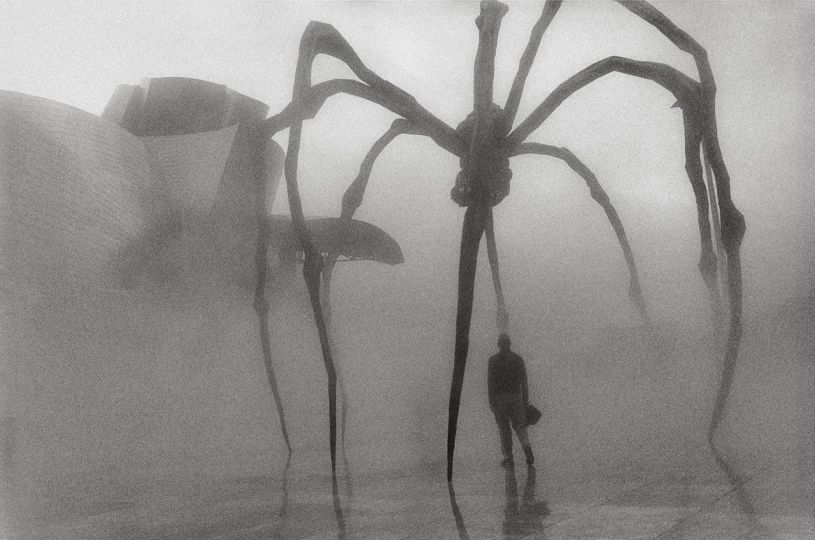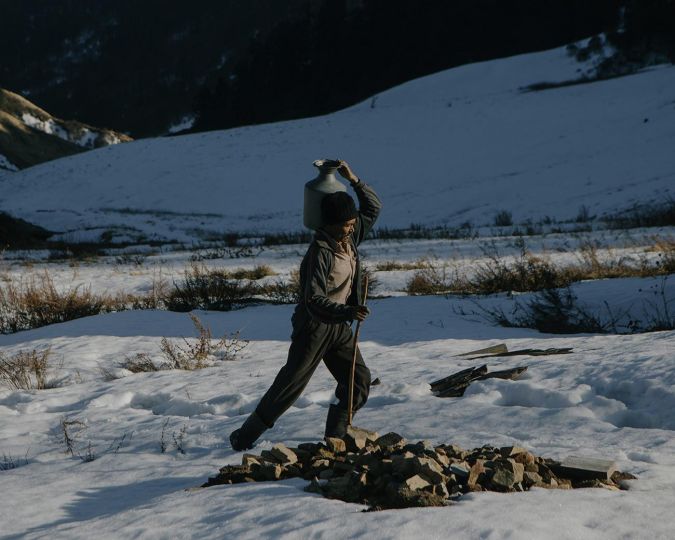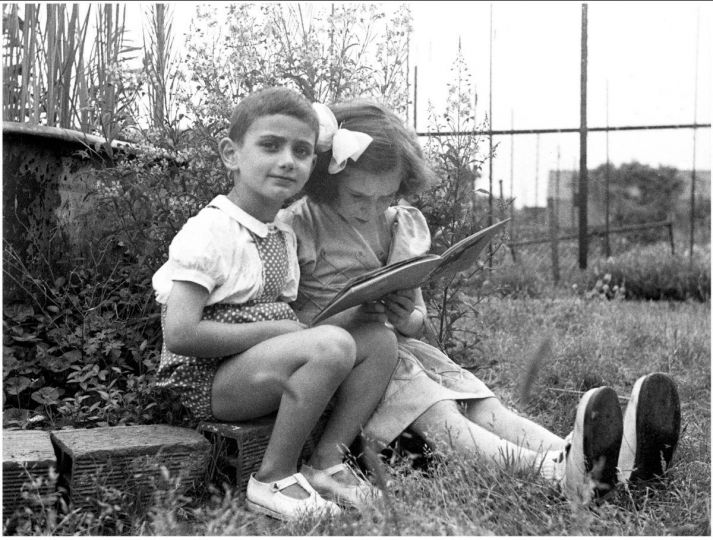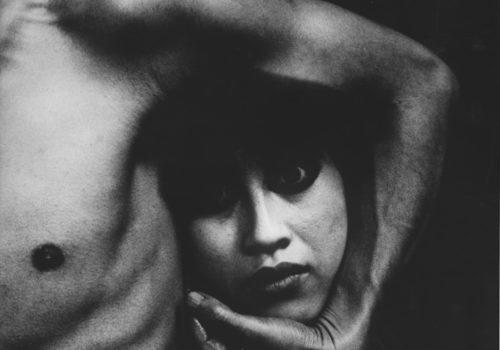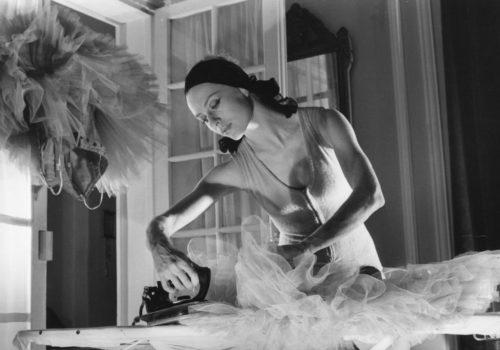On October 20th, the Hôtel de l’Industrie in Paris (6th Arrondissement) opened a sobering and visually striking exhibition. Lizzie Sadin is showing images from the series The Trap—Trafficking Women in Nepal. The exhibition has been distinguished with the 8th Carmignac Photojournalism Award. Thanks to a €50,000 grant, the French photographer was able to bring to light a form of modern slavery, which has thus far received little media attention, perpetrated in a society devastated by the 2015 earthquake.
Between March and April 2017, Lizzie Sadin traveled to Nepal in order to give a voice to women who are victims of exploitation, sexual and domestic enslavement. Two years earlier, Nepal had suffered a magnitude-7.8 earthquake which, in addition to material damage, disrupted the country’s fragile economy as well as strained its social structures and demographic equilibrium. The quake left 650,000 people homeless. It plunged nearly a quarter of the population into complete, life-threatening poverty. People in the countryside and in cities alike struggle to meet their basic needs: find food, survive, support their families. Little by little, networks of violence have found foothold amid extreme destitution. Exploitation of humans by humans finds its most fertile soil in misery.
While men work themselves to the bone and die in silence on large construction sites on the Arabian Peninsula, women labor as beasts whose burden is to fulfill fantasies. They are promised riches and wealth: they only need to go to Kathmandu, cross India, and travel all the way to Korea or enter into the service of grand dukes in Qatar. Once they get there, work will be easy and so will the money. False visas, false passports, false declarations, false employment. The bright future never comes. All the promises are just rehashed platitudes, false pretenses where their identities disappear in the abuse of their bodies. The women find themselves in “singing” booths and “massage parlors,” in order to provide a “good time,” which they are all forced to consent to, since “it’s their job” and “it never killed any one.” With words like these, the power of understatement signals the degree of enslavement. The women are kept under guard, live on the premises, their wages are enough to cover their food and the rest goes to their families who are oblivious to the truth. The families, who have entrusted their children to the recruiters, are kept in the dark. One doesn’t talk about what never happened.
The power of Lizzie Sadin’s photographs comes from her reliance on individual testimonies. In literature, we have entered what the historian Annette Wieviorka calls “the era of the witness.” For Wieviorka, the emergence of the figure of the witness made possible a new way of telling History. Testimony extends the domain of History to include the individual. Testimony tells the inexpressible. It goes beyond numbers and facts. It becomes embodied. Facts are enriched by the “impossibility of telling,” to use the expression coined by Luba Jurgeson, the French translator of Kolyma Tales by the writer and former zek Varlam Shalamov.
Testimony has slowly moved beyond the realm of the past to shed light on the present. It has taken over visual arts. From literary forms, it has been transposed onto uncompromising imagery, restoring truth through audiovisual channels and photography. Testimony undeniably raises certain questions. It may be used to misguided purposes, it may be damaged by fact comparison, and is necessarily subjectively biased and removed from objectivization. But the fact remains that it may be used artistically in a balanced way. This is true of Lizzie Sadin and her series The Trap–Trafficking Women in Nepal.
In this case, the testimonies of enslaved Nepalese women allow us to understand a little-known and under-reported situation. This is the primary function of testimony: to make public, and turn attention to, certain truth through the power of a single life story or through a plurality of voices. Unfortunately, most of these enslaved women are not even aware of being slaves. They don’t realize their own situation, and are unaware of the struggle of NGOs for their rights. Their testimonies are thus cruelly naïve, as if uninterested out of sheer ignorance. The power, as well as the tragic force, of these voices becomes all the more intensified. The women are as if blinded by their financial need, the desire to support their families, their brute survival; their words come to express the gap between the negation of their basic rights and their ignorance of these essential freedoms.
Lizzie Sadin offers these women a space for expression as well as a pathway to begin making sense of their own lives. It is not so much each individual testimony as Lizzie Sadin’s own artistic act that turns the sum total of these voices into a militant act. The artist transforms these testimonies into an artistic whole that presents the viewers with a reality of the world we live in.
In other words, Sadin’s photography reveals a facet of modern slavery, shaped by liberalism applied to bodies, beings, and individual trajectories. Her photography offers a kaleidoscopic vision where text, history, and witness matter as much as the image. And while words used may often be commonplace, diluted through repetition, Lizzie Sadin restores these women’s dignity.
Arthur Dayras
Arthur Dayras is a writer specializing in photography. He lives and works in Paris.
http://www.fondation-carmignac.com/

